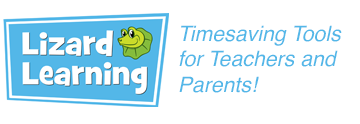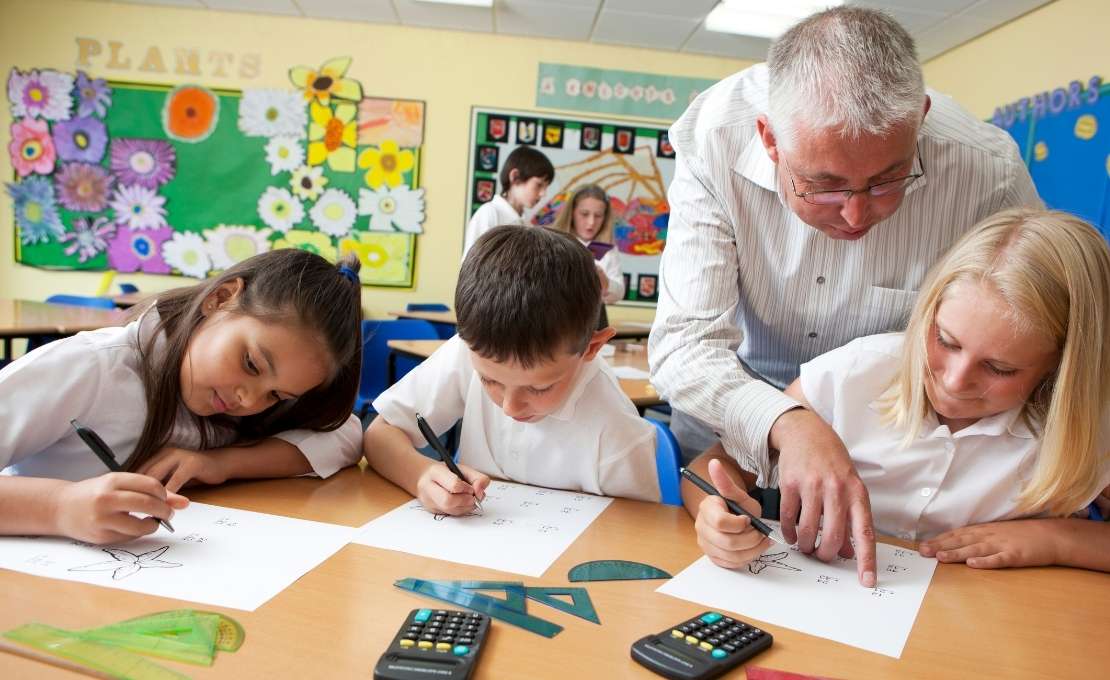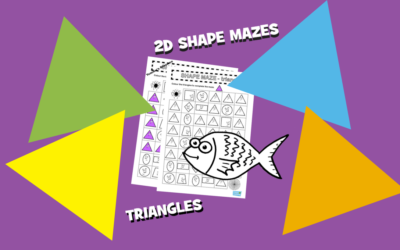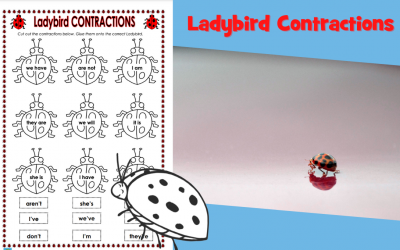So what do you do? With such variety in student ability, you can’t teach them all the same thing in the same way, but it’s not feasible to teach them all individually. The standard solution in most schools is to set up a formal grouping of students into sets based on ability. While this strategy certainly makes things easier for teachers, it is not always beneficial for students. Separating children based on ability at the primary level has some benefit for advanced students but is often detrimental to middle and low performing students. The rigidity that can be applied to ability groupings creates a fixed mindset in children that prevents them from striving to learn and grow to the best of their abilities.
When grouping is used well, it can be beneficial to students. You can tailor lessons to challenge some students while students who require remediation can receive it. The most crucial factor in the success of grouping students is their teacher. Depending on the system your school uses it can be challenging to make the best of ability based grouping. Some primary schools have begun mirroring the secondary school system of separating students into different classes for maths lessons. This takes students away from their friends and their classroom support system and often creates a very rigid perception of a student’s ability. It can also generate unevenness with regards to reaching curriculum goals within a class.
Grouping by ability within the classroom raises the question of how best to group students. Should they be grouped by test scores? Learning styles? Problem-solving ability? Randomly? Alphabetically? By hair colour? There are pros and cons to every grouping method, and the best option will depend on your students. Forming maths groups can be an excellent opportunity for you to get to know your students better and encourage them to give input and get involved in their education.
The ideal method of grouping is to group flexibly. Teach everyone in the same class but provide additional support to those who need it and adaptable levels of difficulty to challenge students. This way students at lower levels are less likely to fall behind or feel ‘trapped’ in a low ability grouping. Far too often once a child is identified as ‘lower-ability’ in maths, there is an assumption that they cannot improve or move on to more difficult concepts. This does not mean you should completely dismiss targeted ‘catch-up’ support or one-on-one tutoring, but it is vital to ensure that students don’t feel pigeonholed. One way to do this is to encourage a growth mindset in your students and remind them that tests only measure their current ability, not their potential.
Teaching maths in a mixed ability classroom can be tricky. It requires a lot of flexibility and adaptability within lessons as well as ongoing formative assessment to ensure that students are having their needs met so that they can achieve. In mixed ability classrooms, it is essential to identify any gaps in understanding and address them as soon as possible so that students are able to keep on top of the skills they are learning. It is especially important to monitor engagement and attitude towards learning as these are the areas that are most negatively impacted by ability-based grouping.
As with many things flexibility is vital when it comes to maths groups. Some subjects will benefit from ability-based grouping while others will work best in mixed ability groups. Having scalable lessons and maths exercises can allow for more individualised learning and support. Providing students with the choice of different levels of complexity encourages them to challenge themselves and helps them develop a growth mindset. The most important thing is that all students feel supported to be the best that they can be!





0 Comments